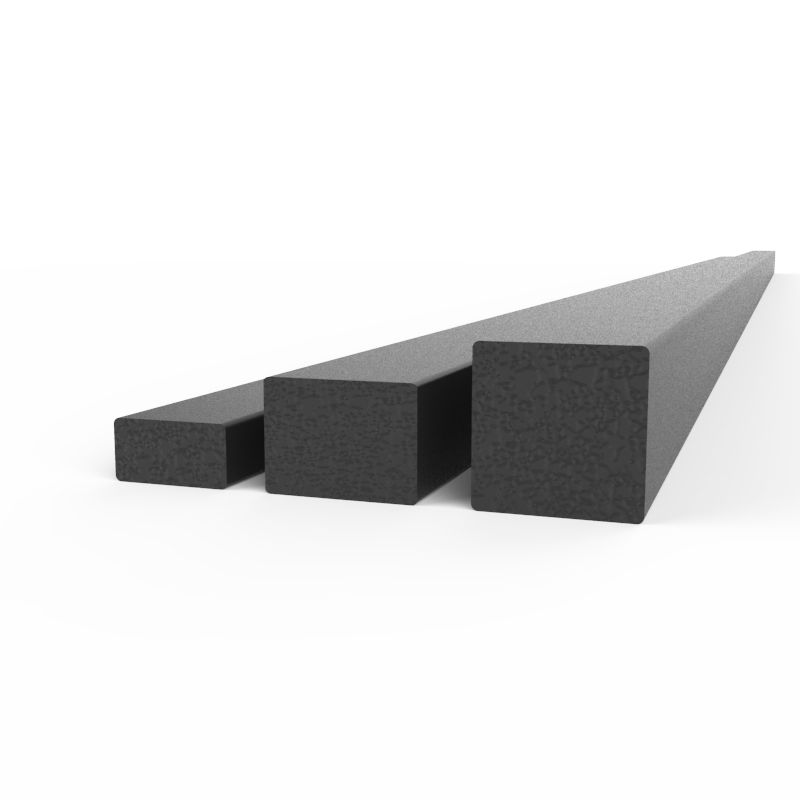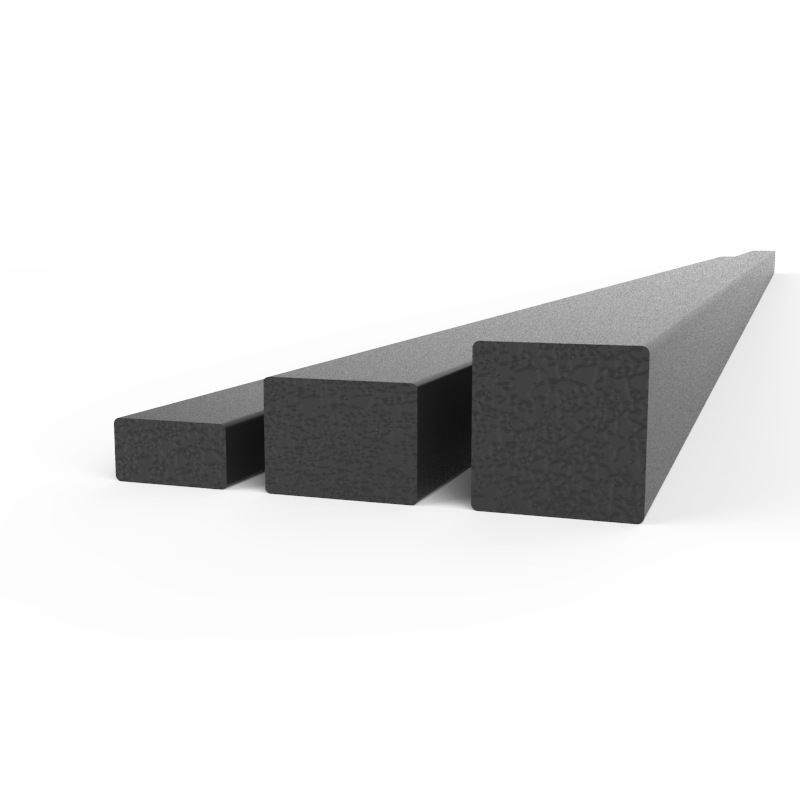
Contact us
FAQ
What is sponge rubber and how does it differ from solid rubber?
Sponge rubber is a cellular elastomer containing a network of closed or open cells that reduce density and increase compressibility compared with solid rubber. The cellular structure provides enhanced shock absorption, sealing under low compression, and improved thermal and acoustic insulation characteristics. Performance and properties vary by base polymer and cell structure, so material selection should be based on the functional requirements of the application rather than assuming uniform behaviour across all sponge rubbers.
What are typical industrial applications for sponge rubber profiles?
Sponge rubber profiles are used where compressible sealing, cushioning, or insulation is required. Common uses include door and window seals, gaskets, edge trims, vibration-damping pads, and thermal or acoustic insulation elements. Selection depends on environmental conditions and functional demands such as sealing pressure, movement accommodation, and exposure to mechanical abrasion or chemicals. The cellular nature of sponge rubber makes it suitable for applications that require deformation to fill irregular gaps.
How should I select the right sponge rubber profile for my application?
Selecting an appropriate profile requires assessing operating conditions and functional needs, including expected compression range, mechanical loading, exposure to temperature extremes, contact with oils or solvents, and desired service life. Consider the profile shape needed for installation and sealing contact, and verify material compatibility with the service environment. Requesting technical data, samples, or recommendations from the supplier helps validate performance under intended conditions before full-scale procurement.
How resistant is sponge rubber to chemicals, UV and weathering?
C hemical resistance and weathering performance depend on the base elastomer and any additives used in the sponge formulation. Some sponge rubbers provide improved resistance to oils, fuels, solvents, ozone and ultraviolet exposure, while others are more susceptible. Material-specific technical data should be consulted to determine suitability for a given chemical or outdoor exposure. For critical environments, laboratory compatibility testing or supplier-provided resistance charts are recommended prior to selection.
Can sponge rubber profiles be cut, bonded or fabricated on site?
Sponge rubber profiles can typically be trimmed, die-cut or cut to length using appropriate tools, and they can be joined or bonded using adhesives compatible with the substrate and elastomer. Mechanical fasteners or overmolding are alternative attachment methods depending on design constraints. Fabrication methods and adhesive choices should be verified with the material supplier to ensure compatibility and to maintain sealing or mechanical performance.
What are recommended cleaning and maintenance practices for sponge rubber seals?
Maintenance generally involves periodic inspection for wear, compression set, or damage, and cleaning with mild detergent and water where appropriate. Avoid prolonged exposure to harsh solvents or abrasive cleaners that can degrade the elastomer or cell structure. Replace seals that show significant deformation, cracking, or loss of sealing function. For critical applications, follow a documented inspection schedule and retain spare parts to minimise downtime.
Are custom sizes and profiles available for specific applications?
Many suppliers offer a range of standard profiles and can accommodate custom extrusions or die-cut components to meet specific dimensional or functional requirements. Customisation typically involves specifying material grade, cell structure, profile geometry and installation features. Discussing application requirements with the supplier enables evaluation of feasibility, tooling needs and lead times. For bespoke parts, provide technical drawings and environmental conditions to ensure the design meets operational needs.

